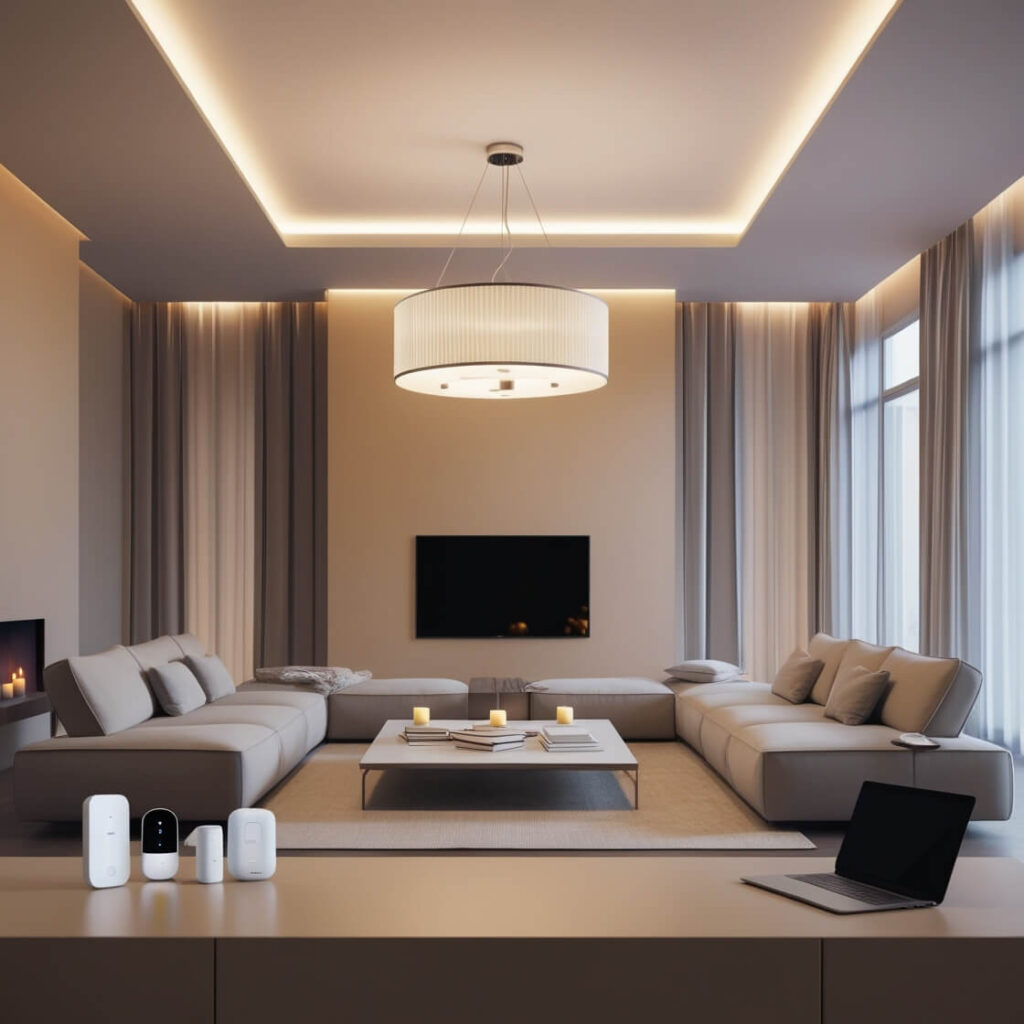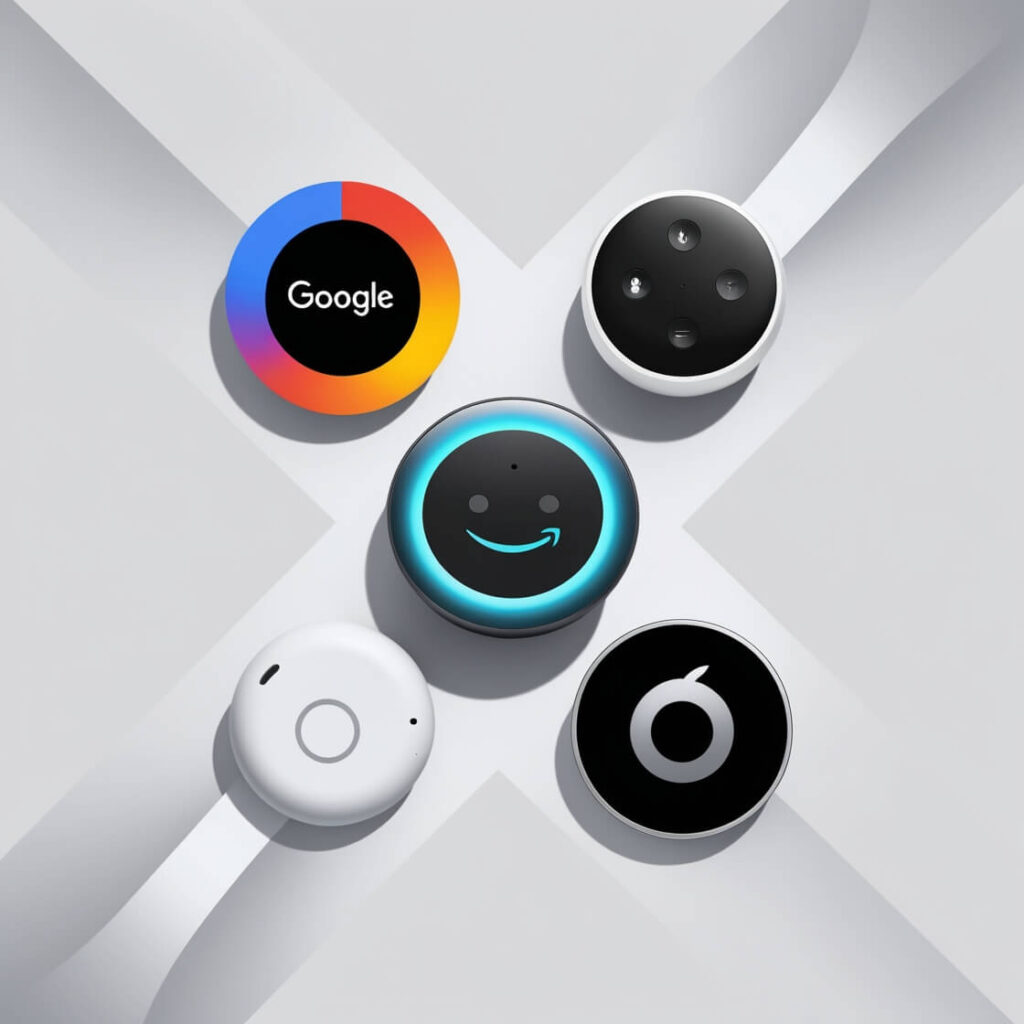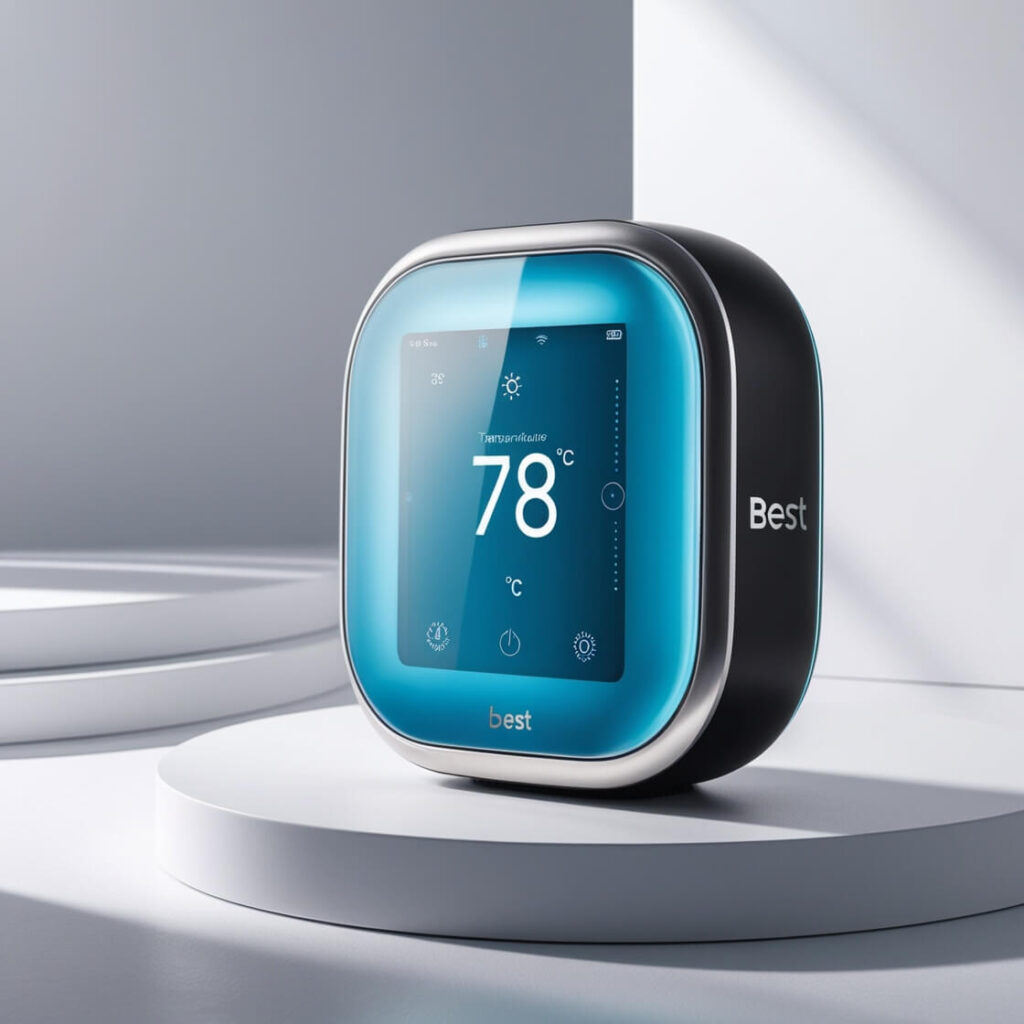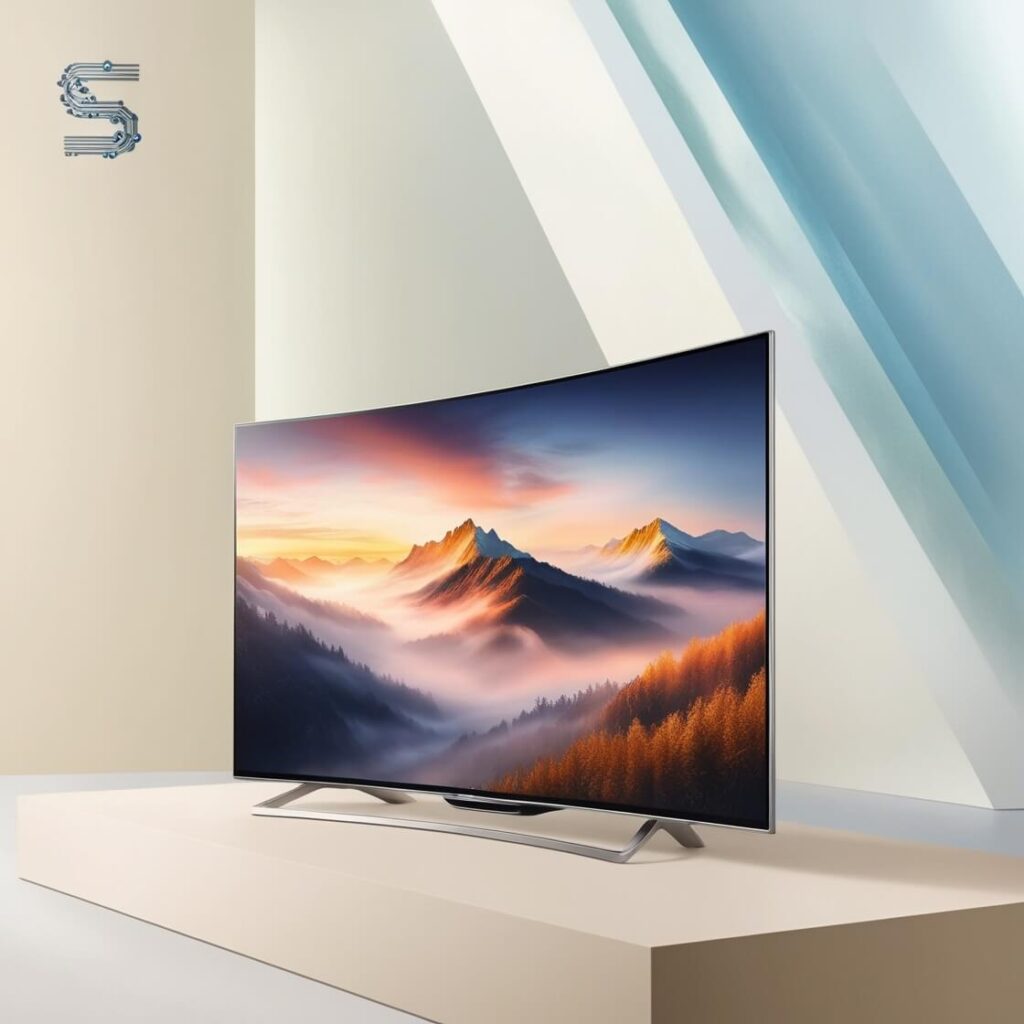The idea of turning your home into a smart home can feel overwhelming at first. With the variety of devices, systems, and options available today, it’s easy to get lost in the details. But the process can be simple and rewarding if you break it down into manageable steps.
Smart homes offer increased convenience, security, and energy efficiency. From controlling your lights with a voice command to remotely monitoring your front door, the possibilities are endless. The key to getting started is understanding what you need, setting up the right devices, and ensuring they work seamlessly together.
In this blog post, we’ll walk you through 8 simple steps to help you transform your house into a fully connected and intelligent smart home.

1. Choose Your Smart Home Ecosystem
Before purchasing any smart devices, it’s important to decide on a central ecosystem that will serve as the backbone of your smart home. This system will allow all your devices to communicate with each other and give you control from one app or interface.
The three most popular smart home ecosystems are Amazon Alexa, Google Assistant, and Apple HomeKit. Each offers a variety of compatible devices and features, but the right choice for you depends on what other products you already use. If you have an iPhone, for example, you may want to go with Apple HomeKit for seamless integration. On the other hand, if you have a lot of Amazon Echo devices, Alexa might be the best choice.
Once you’ve selected your ecosystem, stick to it when purchasing new devices to ensure compatibility. This step will save you time and effort later on, preventing the hassle of managing multiple apps or systems.
Related Post: 3 most Popular Smart Home Ecosystem
2. Set Up Your Smart Hub

Your smart hub is the heart of your connected home. This device acts as the central point for controlling and automating your smart devices. Many ecosystems, such as Amazon Alexa or Google Assistant, offer hubs that work well with a wide range of smart gadgets.
If you’re using Amazon Alexa, the Echo Show or Echo Dot can serve as your hub, while Google offers the Nest Hub for Google Assistant. These hubs typically allow voice control, manage your connected devices, and provide additional functions like streaming music or displaying the weather.
Setting up your smart hub is straightforward—just plug it in, connect it to your Wi-Fi network, and follow the on-screen instructions to pair it with your chosen smart devices.
Related Post: Best Smart Home Hub
3. Invest in Smart Lighting
One of the easiest and most impactful upgrades to make in your home is smart lighting. With smart bulbs, you can control the brightness, color, and schedule of your lights with just a few taps on your phone or a voice command.
Start by replacing a few standard bulbs in key areas like the living room or bedroom with smart bulbs. Popular options include Philips Hue, LIFX, and Wyze. These devices can integrate with your smart hub and be controlled via Alexa or Google Assistant.
You can set up routines, like having your lights automatically turn off when you leave the house or adjust based on the time of day. Smart lighting not only adds convenience but also helps you save on energy bills by ensuring lights are only on when needed.
Related Post: Best Smart Lighting Systems of 2024
4. Add a Smart Thermostat

Smart thermostats are one of the most energy-efficient devices you can add to your smart home. These thermostats learn your preferences over time and adjust the temperature accordingly, helping you save on heating and cooling costs.
The most popular models include Nest by Google, Ecobee, and Honeywell. Once installed, you can control your thermostat remotely using your phone, which means you never have to worry about leaving the heat or air conditioning running when you’re away from home.
Many smart thermostats also allow you to set up schedules, so your home is always at the perfect temperature when you’re home and asleep. Additionally, you can use voice commands with Alexa or Google Assistant to change the temperature on demand.
Related Post: Best Smart Thermostats Of 2024
5. Install Smart Security Devices
A smart home isn’t complete without enhanced security features. Start by adding smart locks, cameras, and doorbell systems to keep your home secure. These devices offer greater control and peace of mind, allowing you to monitor your home remotely.
Smart locks, like those from August or Schlage, can replace traditional locks, enabling you to lock and unlock doors from your smartphone or with a voice command. Many models also allow you to create virtual keys for family and friends.
Smart doorbells, such as Ring or Nest Hello, let you see who’s at the door from your phone, even when you’re not home. Combined with security cameras, you can monitor your property 24/7 and receive alerts if anything unusual happens.
Related Post : Best Smart security Camera of 2024
6. Add Smart Plugs for Convenience
If you’re not ready to replace all your devices with smart versions, smart plugs are a great alternative. These affordable devices plug into any standard outlet and turn regular appliances into smart ones.
You can control lights, fans, or small appliances through your smartphone, allowing you to turn them on or off remotely. This is particularly useful for items you forget to turn off when leaving the house, such as lamps or space heaters.
Smart plugs also integrate with voice assistants like Alexa or Google Assistant, making it even easier to control your devices hands-free.
Related Post: Best 10 Smart Plugs and Outlets of 2024
7. Set Up Smart Entertainment Systems

Transform your entertainment experience with smart TVs, soundbars, and streaming devices. Many modern TVs come with built-in voice assistants, allowing you to control them using your voice, eliminating the need for remote controls.
Smart speakers, such as Amazon Echo or Google Nest Audio, are also great additions to your home, enabling you to play music, control devices, and even get news updates.
For those who want the ultimate home theater setup, consider adding smart lighting and sound systems. You can create an immersive experience by syncing your smart lights with your TV shows or movies. This brings a whole new level of customization to your media consumption.
8. Automate with Routines and Scenes
Once you’ve added the basic smart devices, it’s time to automate your home for ultimate convenience. Smart home platforms like Alexa and Google Assistant allow you to create routines and scenes that adjust multiple devices at once.
For example, you can create a “Good Morning” routine that adjusts your thermostat, turns on the lights, and plays your favorite news podcast as soon as you wake up. Similarly, a “Good Night” scene can lock your doors, dim the lights, and set the thermostat to your desired sleeping temperature.
Automating tasks like these will not only make your home more convenient but also help reduce energy consumption by ensuring devices only run when needed.
Conclusion
Turning your house into a smart home doesn’t have to be complicated or overwhelming. By following these 8 simple steps, you can create a home that is more convenient, secure, and energy-efficient. Start with the basics—choosing a central ecosystem, adding smart lighting, and installing a smart thermostat—and gradually build from there.
As you incorporate more devices and set up automations, you’ll discover the true potential of a smart home, all while enjoying the peace of mind that comes with a fully connected and efficient living space. Whether you’re looking to save energy, enhance security, or simply make life easier, transforming your home into a smart home is the way to go.
So why wait? Take the first step today and start making your home smarter. The future of living is just a few clicks away!



